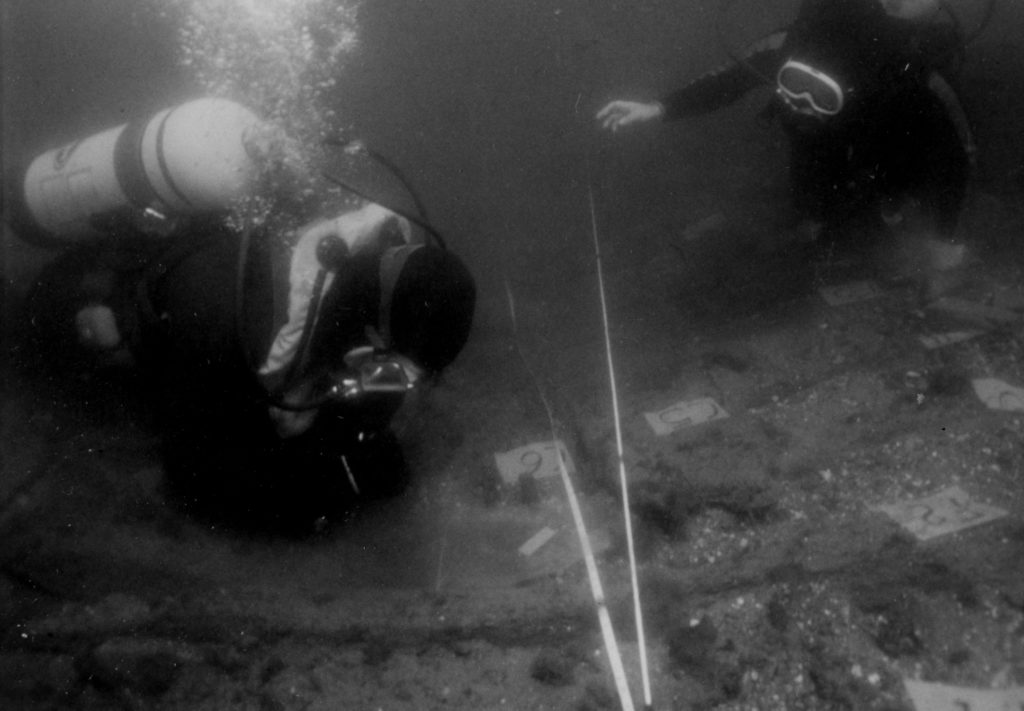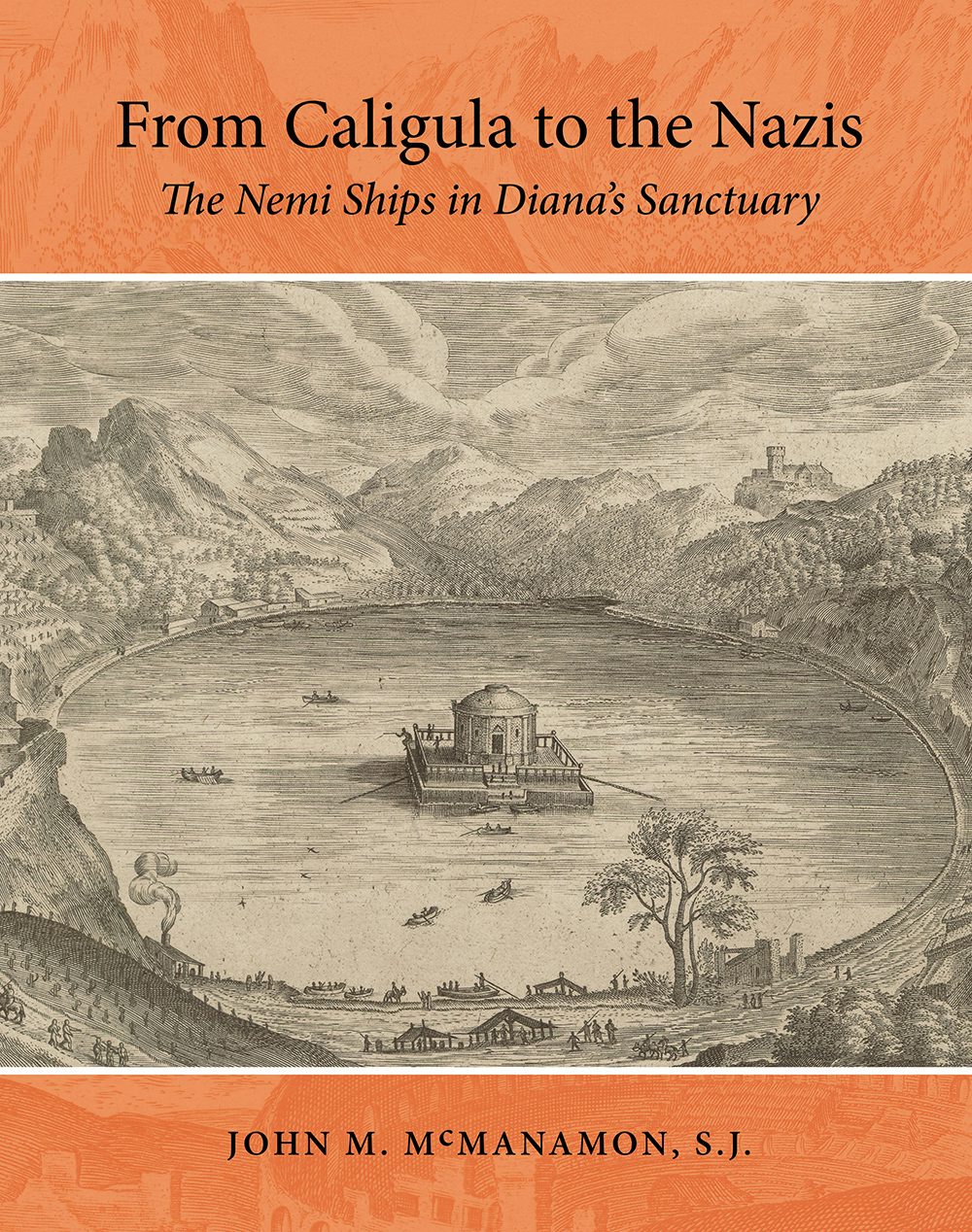
Underwater photo of the Harts Cove Shipwreck investigation and Plymouth State University field school in the 1990s under the direction of Dr. David Switzer (Courtesy Plymouth State University, Special Collections).
The Institute of Maritime History will assist Dr. Stefan Claesson in relocating two ca. 1700 shipwrecks in Harts Cove, New Hampshire. The wrecks were salvaged by divers and investigated by archaeologists between the 1970s and 1990s, but the precise location of the wrecks was never reported. The goals of this project are to re-locate the wrecks for the State for management purposes, document exposed elements of the sites using photogrammetry, and conduct wood sampling of visible ship timbers. These samples will be used to identify wood species used in the construction of the vessels and to obtain dendrochronological data that would aid in dating the construction of the ships. We look forward to seeing the team’s results!


